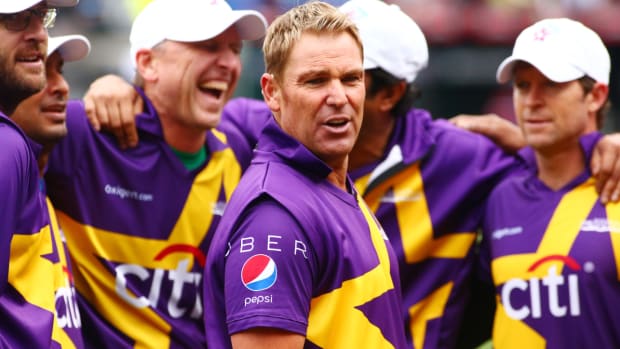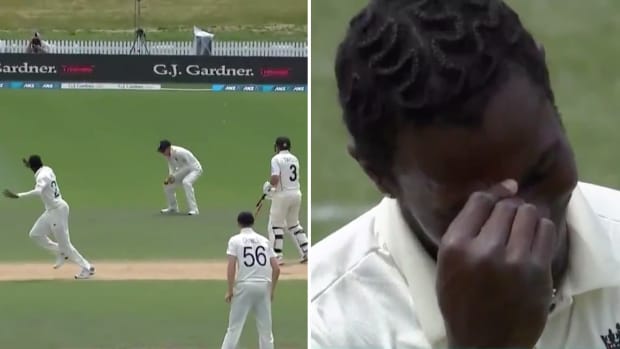Racial quotas controversy re-emerges in South African sport
CAPE TOWN, South Africa (AP) Did South Africa's cricket team drop a white player and replace him with an injured black player for a World Cup semifinal match to make its lineup more racially acceptable?
The question has revived an uncomfortable conversation over race and change in South African sport, where the two most successful national teams - cricket and rugby - are still mainly white more than two decades after the end of apartheid.
Sports minister Fikile Mbalula denied that he influenced the cricket team to drop white bowler Kyle Abbott for Vernon Philander in last week's World Cup semifinal against New Zealand. Mbalula, who is black, said he was responding to accusations made by ''a dying breed of political dinosaurs.'' He didn't identify the source of the accusations.
''We know who are spreading these speculations and we will not dignify them by mentioning their names,'' Mbalula said in a statement over the weekend. ''These are acts of desperate colonial apartheid apologist(s) ... We shall not be deterred by their mischief.''
He released a second statement on Monday rejecting the ''unfounded allegations,'' with the South African sports media focusing intensely on the issue.
Mbalula's denial was backed up by Cricket South Africa chief executive Haroon Lorgat, who said there was ''absolutely no interference'' with team selection at the World Cup in Australia and New Zealand.
''I must tell you that I've never heard any more nonsense than that in all my tenure as an administrator,'' Lorgat said.
However, the South Africa cricket team does have an informal agreement that it should normally have at least four non-white players in its lineup. Without Philander against New Zealand, South Africa would have had only three.
The rugby and cricket teams, often at or near the top of the world rankings, have long been under pressure to field more non-whites, who weren't allowed to play for national teams during apartheid.
Although a high-class bowler, Philander was out of form and struggled with injury at the World Cup, while Abbott impressed. Philander also appeared to be not fully fit when recalled for the New Zealand game. However, he did arrive at the World Cup as a regular member of the lineup and ahead of Abbott in the pecking order before his loss of form and injury problems.
South Africa is still struggling in all areas to right the wrongs of white rule under the racist apartheid regime, which officially ended with the first democratic elections in 1994.
Black Africans make up around 80 percent of the population yet there are no black African players in South Africa's first-choice cricket lineup and just one in its starting rugby team - a player from neighboring Zimbabwe who is a naturalized South African.
The issue inspired renowned anti-apartheid activist and Nobel Peace Prize winner Archbishop Desmond Tutu to write a letter to a Cape Town newspaper last year lamenting the lack of black players in the Springboks rugby team.
Under pressure from government, cricket and rugby have now re-established racial quotas at domestic level to force teams to pick a certain amount of black players. Similar quotas in the late 1990s and early 2000s caused deep resentment.
Famously, South African-born Kevin Pietersen, who became England's most successful cricket batsman, said those quotas were biased against him as a white player and led him to look for career opportunities elsewhere. Others have followed.
Still, Mbalula, the sports minister, reinforced in a speech at a South African Olympic Committee meeting on Saturday that sport had tried but failed to redress the balance since apartheid ended. He said various sports, including rugby and cricket, would now sign agreements next month committing them to racial change and ''achieving transformation targets.''
''The colonial and apartheid legacy is as hard as a crocodile skin,'' Mbalula said.
---
Follow Gerald Imray on Twitter at www.twitter.com/GeraldImrayAP




